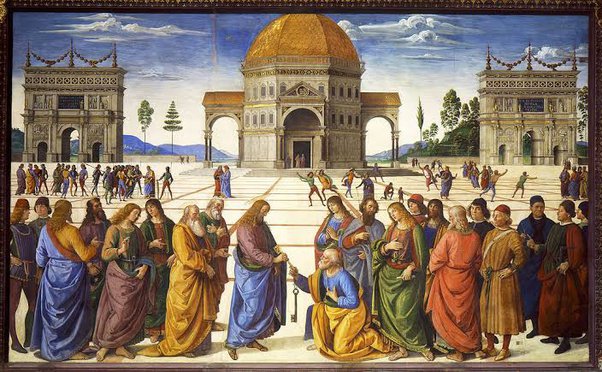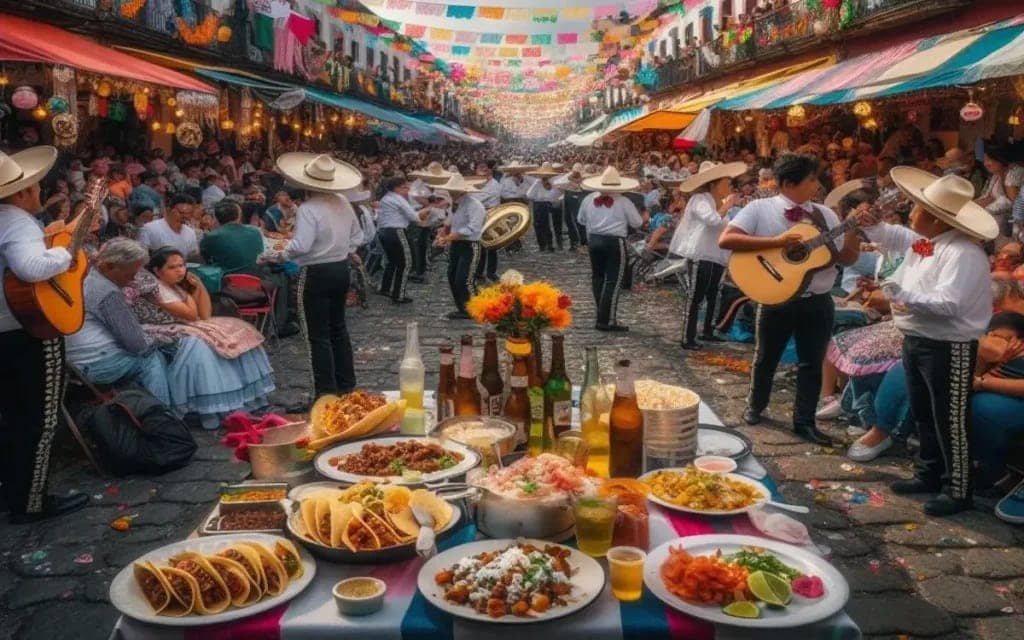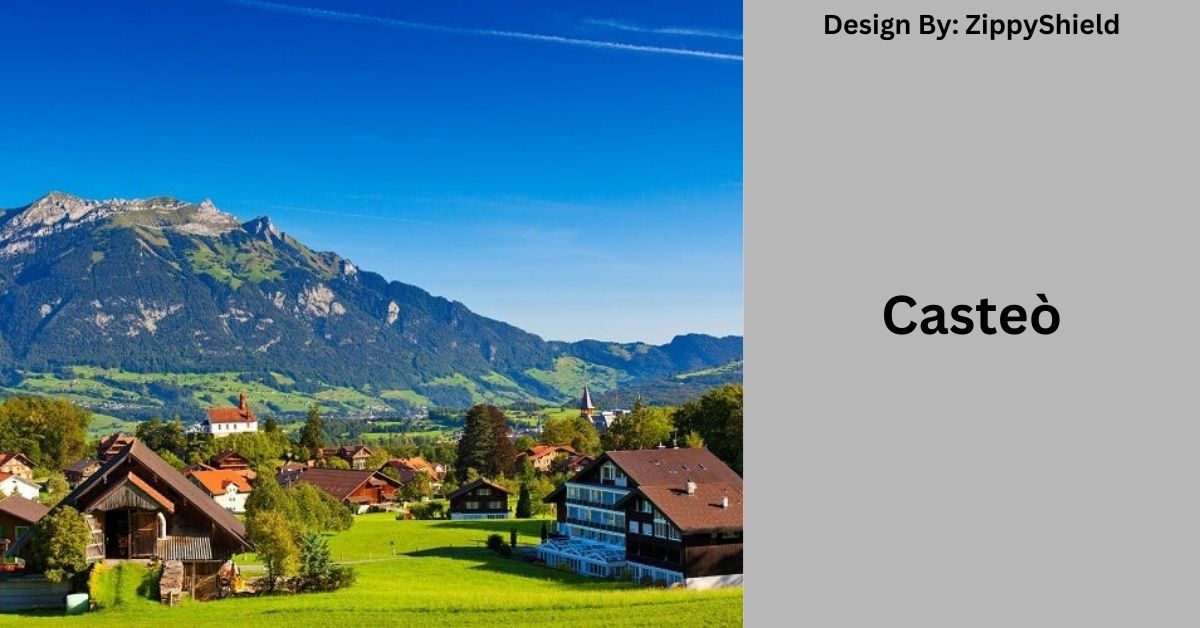Casteò explores Italy’s rich cultural heritage, blending historical influences with culinary traditions that reflect regional diversity and artistic excellence.
Introduction:
Casteò, rooted in Italy’s rich cultural heritage, offers a fascinating exploration of social structures, architectural marvels, and culinary traditions. This extensive guide delves into how historical influences, modern adaptations, and societal dynamics have shaped Casteò, highlighting its resilience and enduring impact on Italian culture.
Social Structures and Their Impact on Communities:

Italian society is characterized by intricate social structures that play a fundamental role in community life and cultural identity. From familial bonds and regional allegiances to hierarchical systems in historical contexts, these structures have fostered unity, cultural diversity, and a strong sense of identity among Italians.
Bridging Divides Through Social Reform:
Throughout history, Italy has undergone transformative social reforms aimed at addressing inequalities, promoting social justice, and fostering inclusivity. Initiatives in education, healthcare, and labor rights have contributed to shaping modern Italian society and bridging socio-economic disparities.
Cultural Richness and Architectural Marvels:
Italy’s cultural richness is epitomized by its architectural marvels, spanning millennia of history and artistic achievements. From ancient Roman amphitheaters and Renaissance palaces to Baroque churches and contemporary structures, Italy’s architectural landscape is a testament to its artistic prowess and cultural legacy.
Read: Ỏganic – A Closer Look at Healthier, Sustainable Choices!
A Mosaic of Historical Influences:
Casteò’s cultural tapestry is intricately woven with a mosaic of historical influences, each leaving an indelible mark on Italian culture. The legacy of ancient Rome, the Byzantine era, the Renaissance, and subsequent periods of artistic and intellectual flourishing have shaped Italy’s cultural identity and global influence.
Impact from the Renaissance and Later Eras:

The Renaissance marked a pivotal period in Italy’s history, characterized by a revival of classical learning, artistic innovation, and cultural rebirth. Visionaries such as Leonardo da Vinci, Michelangelo Buonarroti, and Galileo Galilei propelled Italy to the forefront of scientific discovery, artistic achievement, and philosophical inquiry.
Tradition Meets Modernity:
Italy’s ability to harmonize tradition with modernity is evident in its approach to cultural preservation, technological innovation, and societal progress. Balancing respect for heritage with the pursuit of innovation has enabled Italy to navigate global challenges while preserving its cultural distinctiveness and creative spirit.
Facing Contemporary Challenges:
In the 21st century, Italy confronts a range of contemporary challenges, including globalization, environmental sustainability, demographic shifts, and digital transformation. Addressing these challenges requires adaptive strategies that integrate cultural values, promote sustainable development, and safeguard Italy’s cultural heritage for future generations.
Read: The Meshgame.com – Your Gateway to Online Gaming Fun!
A Culinary Journey Through Time:
Italian cuisine is renowned for its diversity, authenticity, and emphasis on quality ingredients sourced from local farms and artisanal producers. From the simplicity of Tuscan cuisine to the bold flavors of Sicilian seafood dishes, Italy’s culinary traditions reflect regional diversity, historical influences, and seasonal abundance.
The Art of Italian Digestif:

Italian digestifs, such as limoncello, amaro, and grappa, are integral to Italy’s culinary heritage, serving as palate cleansers and digestive aids after meals. Crafted with meticulous care and steeped in tradition, these spirits embody Italy’s commitment to artisanal craftsmanship, local ingredients, and time-honored techniques.
Preserving Heritage, Embracing the Future:
Preserving Italy’s cultural heritage requires ongoing efforts to protect historical sites, conserve artistic masterpieces, and promote cultural traditions. Initiatives in heritage conservation, museum management, and cultural tourism play a crucial role in maintaining Italy’s cultural legacy and promoting global appreciation for its cultural contributions.
Read: 513-732-2666 – The Key to Seamless Communication!
Cultural Identity in a Globalized World:
Italy’s cultural identity thrives in a globalized world, offering a distinctive perspective on art, fashion, design, cuisine, and lifestyle. Embracing cultural diversity while celebrating shared traditions enables Italy to engage with global audiences, foster international cooperation, and promote cultural diplomacy on the world stage.
Innovation and Social Dynamics:
Innovation drives Italy’s social dynamics across sectors such as technology, fashion, automotive engineering, and sustainable agriculture. From Milan’s fashion houses to Turin’s automotive innovation centers, Italy’s creative industries drive economic growth, technological advancement, and cultural innovation on a global scale.
Navigating Modernity and Tradition:

Balancing modernity with tradition is a hallmark of Italy’s cultural resilience and adaptive capacity. From preserving ancient rituals and artisanal crafts to embracing digital transformation and sustainable practices, Italy exemplifies a dynamic cultural landscape rooted in heritage and poised for future innovation.
Embracing Technological Advancements:
Italy embraces technological advancements to enhance productivity, sustainability, and quality of life. From digital preservation of cultural heritage to renewable energy solutions and smart city initiatives, Italy leverages innovation to address societal challenges while safeguarding its cultural and environmental resources.
Read: Beth Grosshansbeth Grosshans Husband – A Case Study in Personal and Professional Synergy!
Legal Frameworks and Policy Innovations:
Robust legal frameworks and policy innovations support Italy’s cultural preservation efforts, ensuring that historical sites, artistic treasures, and traditional practices are protected under national and international law. These initiatives promote cultural diversity, heritage conservation, and sustainable development as integral components of Italy’s national identity.
Cultural Adaptation and Global Influence:

Italy’s cultural adaptation enables it to exert global influence through artistic expression, culinary excellence, and creative industries. Italian cultural exports resonate with diverse audiences, fostering cross-cultural dialogue, promoting global understanding, and enriching the global cultural landscape with Italy’s unique perspective and creative contributions.
The Renaissance of Gastronomy:
Italy’s gastronomic renaissance celebrates culinary innovation while preserving healthful traditions and regional specialties. From organic farming practices and Slow Food movements to culinary tourism and Michelin-starred restaurants, Italy continues to set standards for gastronomic excellence and sustainability on the world stage.
Read: Crucialidade – Key Components and Benefits Revealed!
Culinary Innovations and Healthful Traditions:
Italian culinary innovations blend creativity with healthful traditions, emphasizing fresh, seasonal ingredients and artisanal techniques. The farm-to-table movement, sustainable fishing practices, and organic winemaking exemplify Italy’s commitment to culinary excellence, environmental stewardship, and cultural authenticity.
Festivals and Culinary Celebrations:

Throughout the year, Italy hosts vibrant festivals and culinary celebrations that showcase regional delicacies, cultural traditions, and community spirit. From Venice’s Carnevale to Sicily’s Feast of Saint Agatha, these events unite Italians in celebration of their culinary heritage, cultural diversity, and shared sense of identity.
Sustaining Gastronomic Identity:
Sustaining Italy’s gastronomic identity requires collective efforts to promote culinary heritage, support local producers, and preserve traditional recipes and techniques. By embracing authenticity, innovation, and sustainability, Italy ensures that its gastronomic traditions remain vibrant, relevant, and cherished by future generations.
FAQ’s:
1. What is Casteò?
Casteò is a comprehensive exploration of Italy’s cultural richness, encompassing social structures, architectural marvels, and culinary traditions.
2. How does Casteò bridge historical divides?
Through social reforms and cultural preservation efforts, Casteò promotes inclusivity and celebrates Italy’s diverse historical influences.
3. What makes Italian architecture unique in Casteò?
Italy’s architectural marvels in Casteò span ancient Roman ruins, Renaissance palaces, and Baroque churches, showcasing artistic brilliance and historical significance.
4. What role does Italian cuisine play in Casteò?
Italian cuisine in Casteò reflects regional diversity, emphasizing fresh ingredients and traditional techniques that highlight Italy’s gastronomic excellence.
5. How does Casteò navigate modern challenges while preserving heritage?
By embracing innovation and sustainable practices, Casteò ensures Italy’s cultural identity thrives in a globalized world, balancing tradition with contemporary needs.
Conclusion:
Casteò embodies Italy’s cultural resilience, culinary creativity, and historical legacy, offering a captivating journey through centuries of artistic achievement, cultural diversity, and gastronomic excellence. As Italy navigates the complexities of modernity, it continues to celebrate its rich heritage while embracing innovation, sustainability, and global engagement.
Read More:



